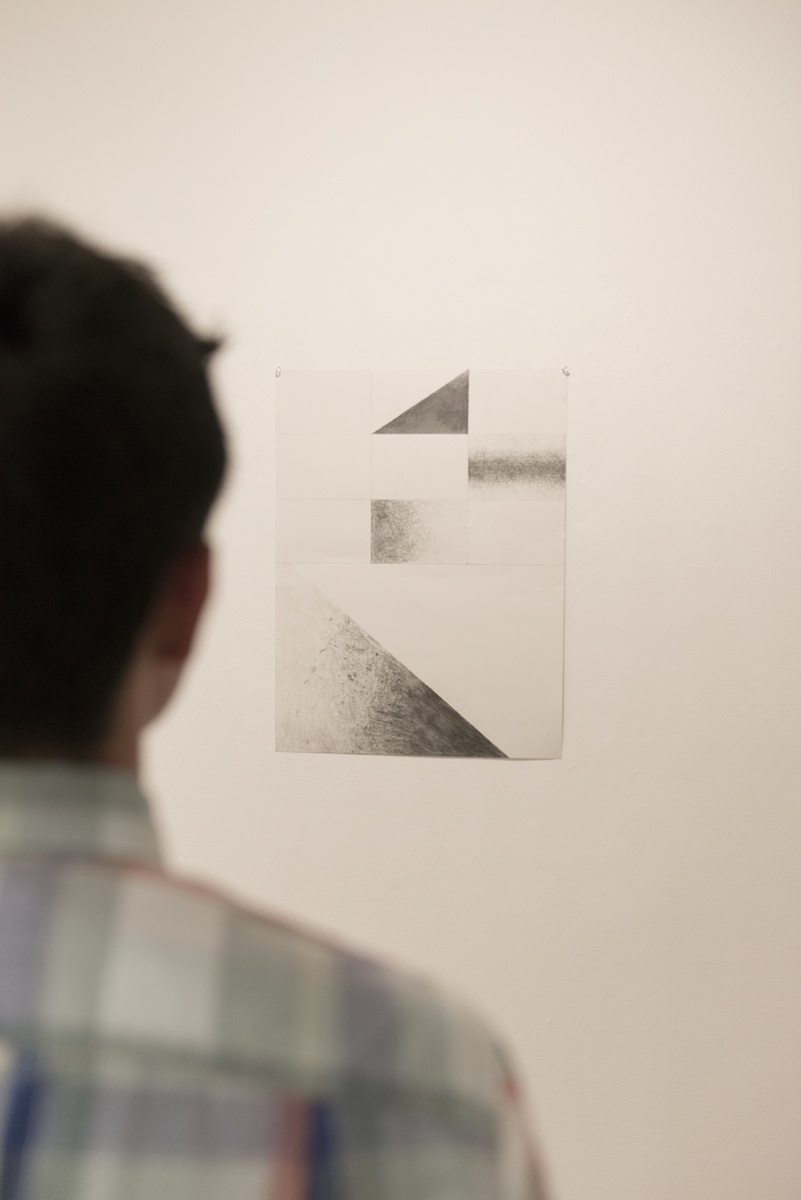3.15.15 with Thomas Feulmer
It was an exciting day for the Teen/Artist Project due to a rare opportunity to visit The Warehouse, a private collection space in Dallas. Thomas Feulmer, the curator of education, led a tour of the exhibition Geometries On and Off the Grid: Art from 1950 to the Present.
- Read more about 3.15.15 with Thomas Feulmer
- Log in to post comments

